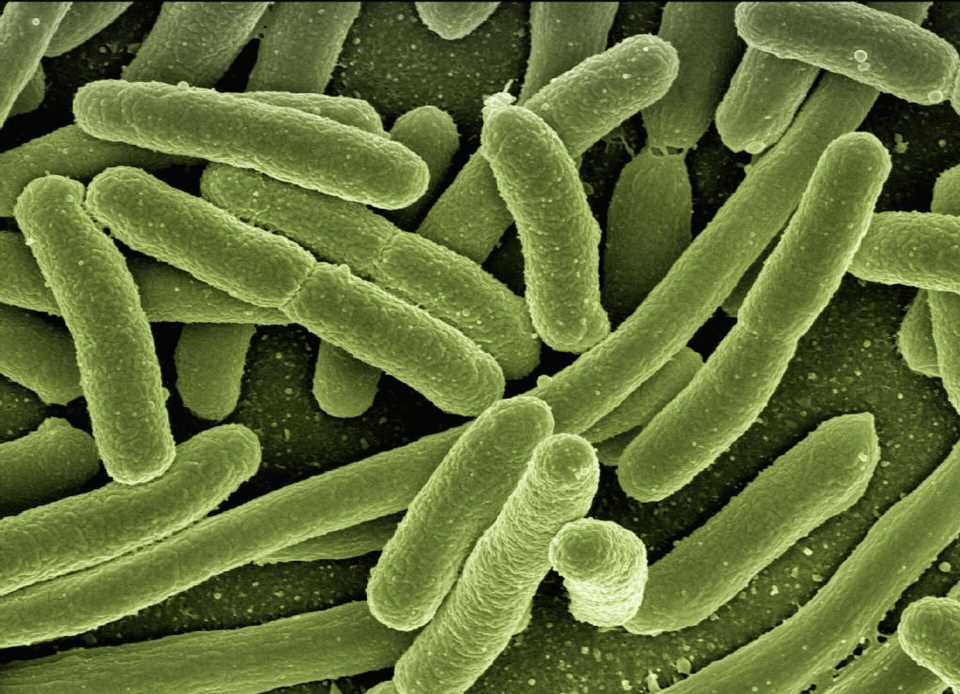
Outbreaks of polycystic echicnococcosis, a life-threatening zoonotic disease, are driven by regional climate changes, according to a study led by the Barcelona Institute for Global Health (ISGlobal), an institution supported by “la Caixa” Foundation. The findings, published in the Proceedings of the National Academy of Sciences, provide evidence of the impact of climate on neglected tropical diseases in the Amazon region, with implications for other zoonoses.
Polycystic echinococcosis (PE) is a neglected life-threatening zoonosis caused by an intestinal worm (Echinococcus vogeli) endemic in neotropical forests such as the Amazon. Although treatable, the disease can be fatal for about 1 in 3 infected people if not diagnosed in time. The parasite normally lives in animal reservoirs but can be transmitted to humans who handle infected animals, particularly pacas (a large rodent that is usually hunted for food).
“Polycystic echinococcosis is a good example of the many zoonotic diseases associated with the handling and consumption of wild meat,” says Xavier Rodó, ISGlobal researcher and last author of the study. “Understanding the role of climate in the emergence and spread of these zoonoses is becoming increasingly important, given the ongoing global warming scenario,” he adds.
In this study, Rodó and his team compiled two unique databases: one of PE infections in animals and humans covering the entire Amazon region (around 400 cases), and another one on hunting practices (containing almost 440,000 observations of animals hunted in 55 independent study areas in seven Amazonian countries and the French Guiana, over the last 55 years).
This allowed the authors to understand the spatial distribution of PE, and to investigate how the disease is influenced by ecological, environmental and climatic factors, as well as hunting patterns. To do this, they developed two independent prediction models: one for animal infections (i.e. the sylvatic model) and one for human infections (i.e. the spillover model).
The analysis shows that stable temperatures favor the sylvatic cycle (i.e. the circulation of the parasite in animal reservoirs), while extreme climate events (such as El Niño) disrupt hunting patterns and favor parasite spillover to humans. “This means that regional climate change due to global warming may indirectly drive disease outbreaks in humans,” says Adrià San José, first author of the study. This also means that information on land use and climate projections could be useful for early warning of potential PE hotspots.
These findings have clear implications for other similar hunting-related zoonoses. They also highlight the value of comprehensive databases for understanding the role of climate in the emergence and spread of zoonotic disease outbreaks.
More information:
San-José, Adrià et al, Climate determines transmission hotspots of Polycystic Echinococcosis, a life-threatening zoonotic disease, across Pan-Amazonia, Proceedings of the National Academy of Sciences (2023). DOI: 10.1073/pnas.2302661120. doi.org/10.1073/pnas.2302661120
Journal information:
Proceedings of the National Academy of Sciences
Source: Read Full Article
